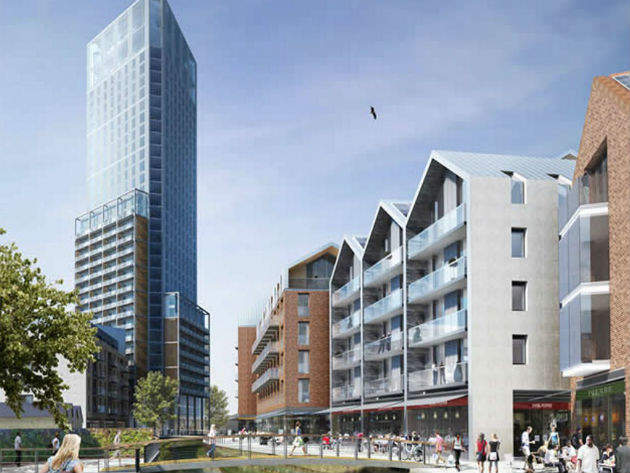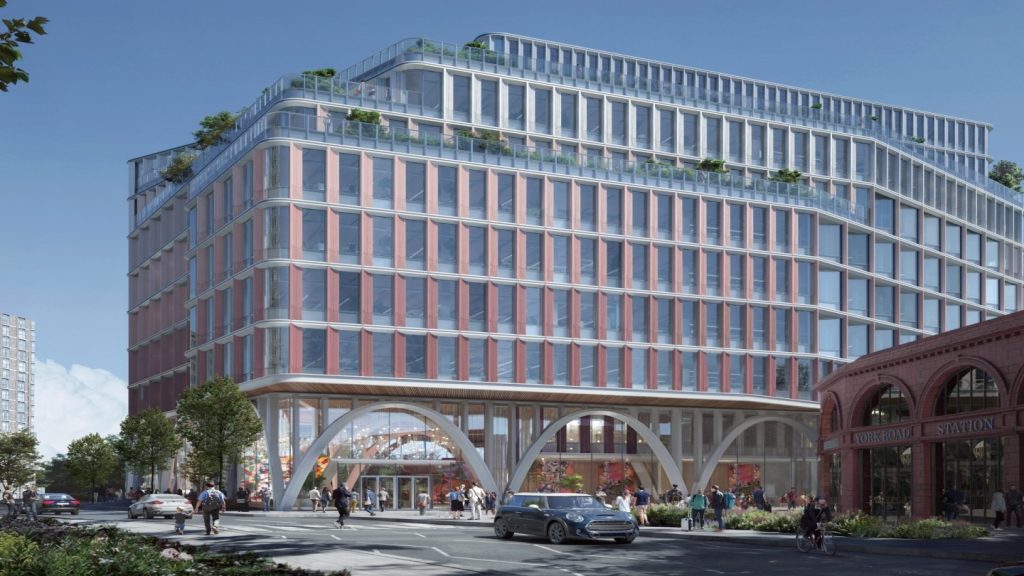

After the weather, housing is probably the most discussed subject in the United Kingdom. Cheap money, a lack of supply and the UK’s reputation as a financial safe haven in the wake of the 2008 crash have caused house prices to rocket into the realm of unreality, particularly in London and the southeast.
According to statistics from homelessness charity Shelter, the average London house price as of August 2014 was £467,070, a 222% increase on 1999 and around 13-and-a-half times the median wage. Though Brexit is expected by many economists to put downward pressure on prices, the underlying crisis of affordability is not going away.
Throughout the discussion about what can be done, such as raising stamp duty on second homes and building more social housing, the private rental sector has been portrayed as part of the problem, rarely as part of the solution. The perception is one of unscrupulous landlords squeezing ever-increasing rents out of beleaguered tenants with limited legal recourse.
Most people can’t afford to buy their own home but the rental alternative is just as bad; the less the private rental sector is involved the better, is how the narrative often goes.
See Also:
Institutional involvement: changing the housing picture for the better
In the past four or so years, however, a new idea has been gathering pace which could change perceptions of the private rental sector and allow it to make a useful contribution to remedying the crisis. The year 2012 was the first in which more people rented privately than lived in social housing.
How well do you really know your competitors?
Access the most comprehensive Company Profiles on the market, powered by GlobalData. Save hours of research. Gain competitive edge.

Thank you!
Your download email will arrive shortly
Not ready to buy yet? Download a free sample
We are confident about the unique quality of our Company Profiles. However, we want you to make the most beneficial decision for your business, so we offer a free sample that you can download by submitting the below form
By GlobalDataThis coincided with a clear shift in sentiment towards home ownership, as growing numbers of people gave up on the idea of ever being able to own a house or, in some cases, simply chose not to take on the debt burden that comes with it. These conditions were perfect for the growth of the build-to-let sector.
Build-to-let involves institutional investors, such as pension- or insurance funds, investing in new apartment projects. The resultant apartments are built primarily for mid-market renters, with many projects setting aside some discounted units for lower income tenants. None of these apartments are sold to buy-to-let investors.
Payback to the institutional investor comes incrementally over years, not in one big lump, as would be the case with a buy-to-let project. According to the research by estate agents Knight Frank, as reported in the Financial Times, £15bn had been invested in the sector by year-end 2015 while a survey of institutional investors suggests that £50bn will be committed by 2020.
Most projects that have been completed so far emphasise the creation of a local community, with shops, plenty of communal space and features such as rooftop gardens. An on-site manager acts as a single point of contact for the tenant, putting an end to multiple phone calls to the landlord and month-long waits for repairs.
“It is increasingly recognised that the private rented sector, particularly if it is purpose built and funded by institutional investors, could play an important role in increasing housing supply,” wrote the Department for Communities and Local Government in the Build to Rent Fund Prospectus, a 2012 proposal for what has become a £1bn fund to help potential investors tap the market.
“The buoyant private rental market could potentially be used to lever significant additional investment in housing, bringing a new range of investors to the market.”
Holistic, long-term design: the key to long-term rental properties
From an architecture and planning perspective, the built-to-let sector has produced some interesting projects in its short life. One of these is Creekside Wharf in Deptford, south London, which won the Housing Project of the Year award at the 2015 Sunday Times British Homes awards.
Given approval in July 2015 and set to be up and running by 2018, the 249-home development by developer and operator Essential Living is the first to include a build-to-let block aimed squarely at families.
These family-focused properties include features like extra buggy space, extra acoustic insulation and shared spaces such as rooftop gardens and barbeque areas aimed at fostering a sense of community. A proportion of Creekside Wharf will be made up of properties going at a 25% discount (though how big a proportion is as yet unknown). These will be ‘pepper-potted’ throughout the development.
“The ethos behind the scheme is that customers rent the entire building, rather than just an apartment,” says Russell Pedley, director of Assael Architecture, the company which designed the building.
“So amenity space plays an integral role in the design. It’s designed to create a lifestyle and strong sense of community through each building, providing residents with an attractive and robust environment where they’ll want to stay long-term. This, in our minds, is fundamental to a successful Build to Rent scheme.”
Modular construction injects speed into proceedings
The project’s mode of construction is also noteworthy. It will comprise 632 steel-framed modules, currently being constructed at a factory in Telford, which will be transported down to Deptford at the rate of 20 a week and fitted around pre-built concrete cores.
Elements, the modular building specialist carrying out the project, expects this approach to cut time on site by half to 32 weeks. This means that the investor can begin collecting rents much earlier than would be the case with a traditional building approach.
“Offsite methods are ideally suited to build to rent, offering faster delivery, higher energy efficiency and complementing a longer term outlook not constrained by the absorption rates of build for sale,” Pedley says.
Build-to-let is a fledgling business with great promise. It could provide tenants with long-term security in an apartment to be proud of and investors with a steady long-term income stream.
But in the view of Danny Dorling, the Halford Mackinder professor of human geography at Oxford University, the legal framework for private tenants will need to be strengthened to ensure that tenants have the security to enjoy the benefits of long-term rental.
“I think build-to-let would be fine, even for families, if tenants had the same protection in the UK as they have in Germany,” he says. “Or to put it another way, do any of the board members of this company expect their grandchildren to grow up in these pepper potted apartments given current weak rent regulation?”







